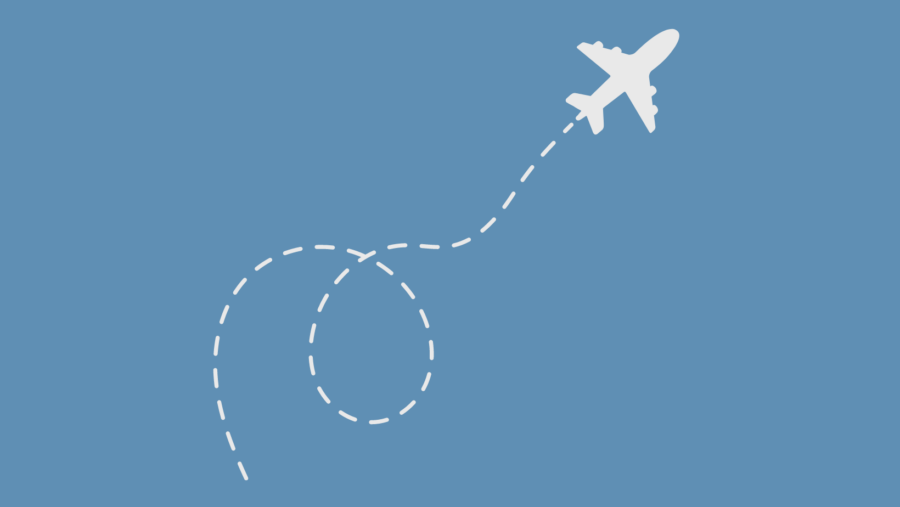Liposuction
Contents
What is liposuction?
Liposuction, also known as suction assisted lipectomy, lipoplasty, liposculpture or lipo, is a surgical procedure our Specialist Plastic Surgeons perform in Perth aimed at removing localised and disproportional collections of fat in common areas such as the thighs, buttocks and abdomen, as well as the arms, neck and under the chin.
This procedure can be performed for aesthetic (cosmetic) purposes or for medical/functional reasons, the latter being dependent on strict Medicare eligibility criteria.
What factors may influence the decision to have liposuction surgery?
Liposuction may be used to effectively target and remove stubborn fat deposits that are resistant to diet and exercise.
Liposuction should not be considered as a replacement for weight loss or a suitable exercise regimen. It is important to note that although the procedure’s results are technically long-lasting, significant fluctuations in weight can significantly reduce the positive outcome.
Is liposuction surgery right for me?
A consultation with your Specialist Plastic Surgeon is the first step when you are considering liposuction surgery. During this consultation, it is important to openly communicate your goals and expectations regarding your appearance. During the consultation, your surgeon will conduct a thorough examination and attentively listen to and address your concerns prior to discussing the most suitable options for your individual circumstances. Surgical lipectomy, which involves removal of excess skin, as well as fat, may be advised instead of, or in addition to liposuction.
It is also important to note that if you have dimpled skin prior to undergoing liposuction, it is highly likely that the dimples will still be present after the procedure.
How is liposuction surgery performed?
A cannula attached to a high powered vacuum suction pump is inserted through a small incision and the fat deposits are removed. Multiple treatment sessions may be necessary depending on the number of areas requiring treatment.
The procedure is performed in Perth in a fully-accredited hospital under general anaesthesia. The surgery can be performed as a day procedure or alternatively with a short hospital stay, depending on your general health and the extent of the procedure.
Do you provide liposuction for lymphoedema or lipoedema?
Lymphoedema is a chronic condition resulting from impaired lymphatic system function, causing the build-up of fluid in the affected body parts, leading to swelling and discomfort. The primary treatment for lymphoedema involves a combination of complex decongestive therapy, which includes manual lymphatic drainage, compression therapy, exercise, and skin care. This is generally performed by a Lymphoedema Therapist or Lymphologist.
Lipoedema is a medical condition characterised by the abnormal accumulation of fat cells, primarily in the lower extremities, hips, and buttocks, leading to a disproportionate appearance. Conservative management options, such as compression garments, exercise, and proper nutrition, are typically recommended as the first line of treatment. In certain cases, liposuction with a Specialist Plastic Surgeon may be considered as a surgical option when conservative treatments have not yielded significant improvements or in advanced stages of the condition. The aim of liposuction for lipoedema is to reduce the excess fat and improve your quality of life. Various types of liposuction can be used effectively to reduce the excess fat however, we recommend water-assisted liposuction (WAL) as this technique appears to be more gentle to the lymphatics than other forms of liposuction and may therefore reduce the chance of recurrence and progression of the condition over time.
Making a diagnosis of lipoedema is very difficult and is usually based on history and clinical findings. Decisions regarding treatment should be made after thorough evaluation and discussion with your GP to determine the most appropriate approach based on the your specific condition and medical history. Your GP may refer you for radiology tests to assist with your diagnosis. You may also wish to see a Lymphoedema Therapist, as they can provide valuable information for making the diagnosis.
Once you have been given the diagnosis of lipoedema, your GP can provide you with a referral to our practice.
If your BMI is under 30, then diagnosing lipoedema is easier. If your BMI is over 30, making a diagnosis is still possible, but becomes more difficult. If your BMI is over 35, it is almost impossible to make an accurate diagnosis of lipoedema. In our practice, your BMI would need to be under 35 to be offered surgery for this condition.
Please be aware that currently this procedure does not attract any rebates from Medicare or private health insurance for either the consultation or surgery, as liposuction is deemed a cosmetic procedure.
Are there any risks and complications of liposuction surgery?
All plastic, cosmetic and reconstructive surgical procedures come with risks and potential complications. To ensure successful surgery, it is crucial to understand and minimise these risks. Whilst all measures are taken to mitigate risks, some risks are unavoidable.
All information on this page is general in nature – your Specialist Plastic Surgeon will discuss the specific risks and complications pertinent to your individual surgical procedure during your consultation. General risks for surgery are listed here.
Specific risks related to liposuction surgery include, but are not limited to:
- Thermal burn or heat injury: Ultrasound-assisted liposuction uses ultrasound waves to break up fat cells. However, if the ultrasound device is not used properly, it can cause thermal burns or heat injury to the skin or deeper tissues.
- Complications from the injection of anaesthetic fluid: Tumescent and super-wet liposuction use large amounts of anaesthetic fluid to numb the area being treated. However, if too much fluid is injected, it can lead to complications such as fluid accumulation in the lungs, which can be life-threatening.
- Excessive fluid loss: Liposuction can cause significant fluid loss. If too much fluid is lost, it can lead to shock, which is a life-threatening condition.
- Delayed healing: Liposuction can cause bruising, swelling, and pain. These side effects are usually temporary, but they may take several weeks to resolve. In some cases, healing may be delayed and may require further treatment.
- Friction burns or damage to the skin or nerves: The cannula, which is the thin tube used to remove fat, can cause friction burns or damage to the skin or nerves. This can lead to scarring, numbness, or other problems.
- Irregular skin surface, uneven contours, or rippling: If too much fat is removed, or if the skin is not elastic enough, it can lead to irregular skin surface, uneven contours, or rippling. This can be a permanent problem.
- Asymmetric or “baggy” skin surface: If the skin is not properly tightened during liposuction, it can lead to asymmetric or “baggy” skin surface. This can be a permanent problem.
- Damage to deeper structures like nerves, blood vessels, muscles, lungs, and abdominal organs: Liposuction can damage deeper structures, such as nerves, blood vessels, muscles, lungs, and abdominal organs. This can lead to serious complications, such as nerve damage, bleeding, infection, and death.
- Persistent or ongoing pain: Liposuction can cause persistent or ongoing pain. This pain may be due to a number of factors, including infection, nerve damage, or scarring.
- Persistent swelling in the legs: Liposuction can cause persistent swelling in the legs. This swelling is usually temporary, but it may be permanent in some cases.
Will the liposuction procedure leave any scars?
Although your surgeon will make every effort to keep them as inconspicuous as possible, scars are the inevitable result of any surgery. Because of their small size (usually about 1 cm) scars are not usually significant after liposuction. Some patients have a tendency to develop keloid or hypertrophic scars and you should advise your surgeon if you are aware of this tendency in yourself.
What results can I expect from liposuction?
Liposuction is suited for patients who have stubborn fat deposits that persist after diet and exercise. It is not a substitute for weight loss. Usually the overlying skin will contract following liposuction however, in some circumstances a procedure designed to remove excess skin may also be required.
When can I resume normal activities following liposuction?
Returning to your normal activities is an individual matter. Your surgeon will advise you on your schedule, but most activities may be resumed within a few weeks. Many return to work after one week, and some even sooner. You may have to wear post-surgical compression garments for up to six weeks to reduce swelling and assist with the healing process.
It is important to note however, that each patient requires adequate time, support, and proper postoperative care to facilitate their recovery process. Due to individual variations in healing abilities and pain tolerance, the duration of recovery and ability to engage in various activities may differ among patients.
How much does this procedure cost?
Please contact us online or call us on (08) 9380 0333 and one of our medical secretaries can provide you with more information. Please note that pricing does vary from case to case.
Where can I find more information?
The Australian Society of Plastic Surgeons (ASPS) website is a helpful and reliable source of information online. Their website is an excellent place to research a range of surgical procedures and non-surgical treatments, and view video animations.









